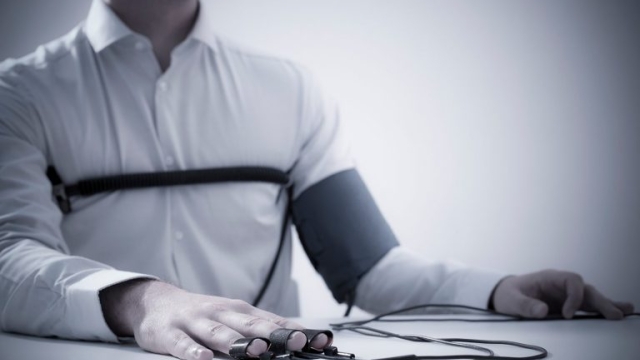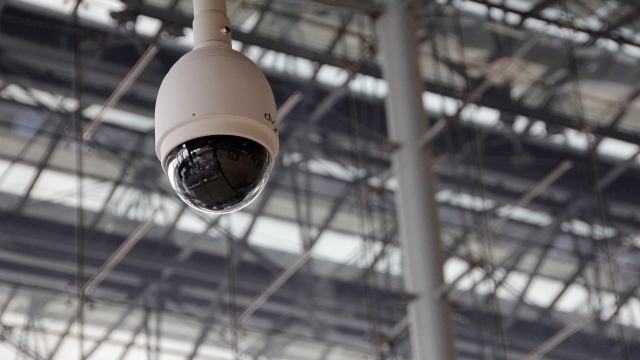
The Truth Behind Lie Detector Tests: Can They Really Detect Lies?

In a world where trust and truth are paramount, the concept of lie detector tests often sparks curiosity and skepticism. These tests, scientifically known as polygraphs, have been used for decades in various settings, from criminal investigations to employment screenings. The idea of a machine capable of detecting deception has captured the imagination of many, but how accurate are these tests really? Can they truly decipher between fact and fiction in the intricate web of human behavior and emotions? Let’s delve deeper into the truth behind lie detector tests and explore their capabilities and limitations.
History of Lie Detector Tests
Lie detector tests, also known as polygraphs, have been used for many years to determine truthfulness. The concept of measuring physiological responses to detect deception dates back to the early 20th century. The first polygraph test was developed by John Augustus Larson in 1921.
Initially, the polygraph was used for forensic purposes, particularly in criminal investigations. Over time, it gained popularity in law enforcement and government agencies as a tool to assist in interrogation and screening processes. The basic principle behind lie detector tests is that when someone tells a lie, their body may exhibit physiological changes, such as increased heart rate and sweating.
Despite their widespread use, lie detector tests have sparked controversy and skepticism. Critics argue that the reliability of polygraphs is questionable, as physiological responses can be influenced by various factors other than deception. Nevertheless, polygraph testing continues to be used in certain settings, although its findings are not always admissible as evidence in court.
How Lie Detector Tests Work
Lie detector tests, also known as polygraph examinations, are based on the principle that physiological responses can indicate deception. During a test, the examiner attaches sensors to the individual undergoing the examination. These sensors typically measure parameters such as heart rate, blood pressure, respiration, and skin conductivity.
Polygraph
The theory behind lie detector tests is that when someone is deceptive, they may experience physiological changes in response to the stress of lying. These changes can manifest as fluctuations in the aforementioned parameters, which are monitored and recorded by the polygraph machine.
Examiners interpret the recorded data by looking for patterns or anomalies in the physiological responses. These patterns are then analyzed to determine the likelihood of deception. While lie detector tests are considered by some to be a useful tool for detecting lies, it is important to note that the accuracy of these tests has been a subject of debate and controversy.
Limitations of Lie Detector Tests
Lie detector tests, while commonly used by law enforcement and government agencies, have significant limitations. One major limitation is that they are not foolproof and can be influenced by various factors.
Another limitation is that individual differences can affect the accuracy of lie detector tests. Factors such as anxiety, stress, and medical conditions can impact the reliability of the test results.
Additionally, the interpretation of lie detector test results can be subjective, leading to potential inaccuracies. Different examiners may interpret the same test results differently, raising concerns about the consistency and reliability of these tests.



